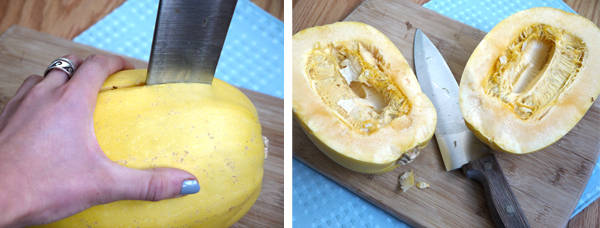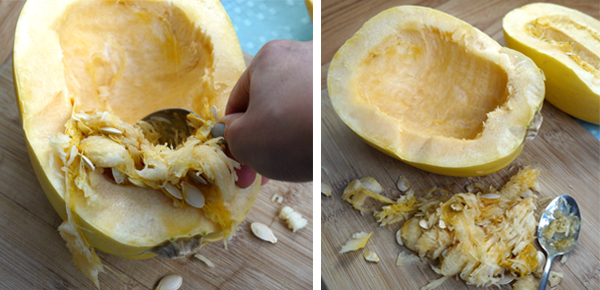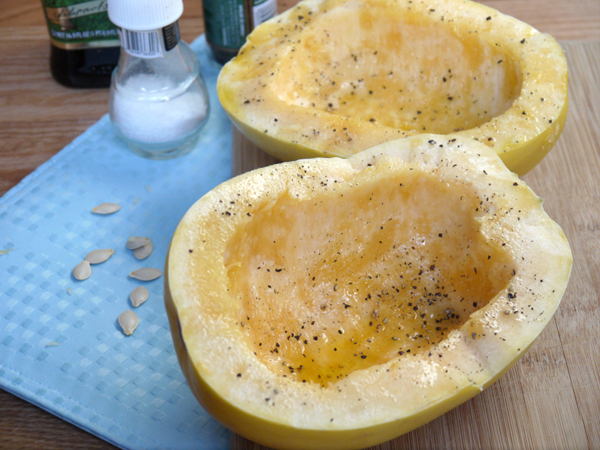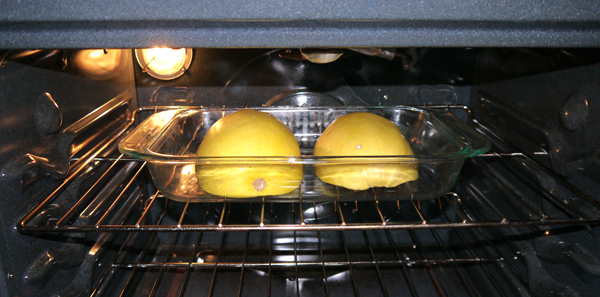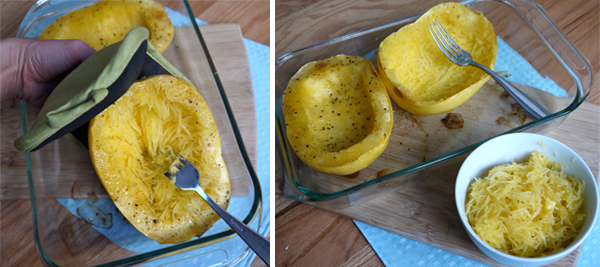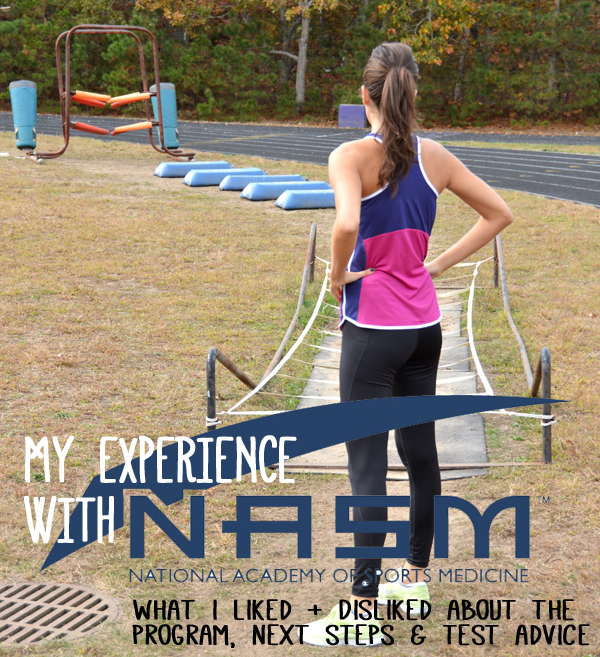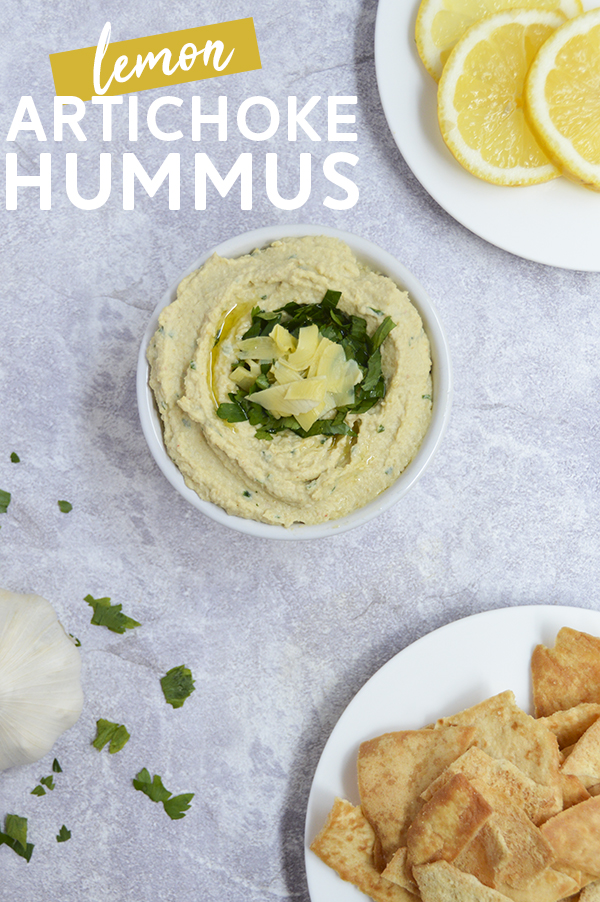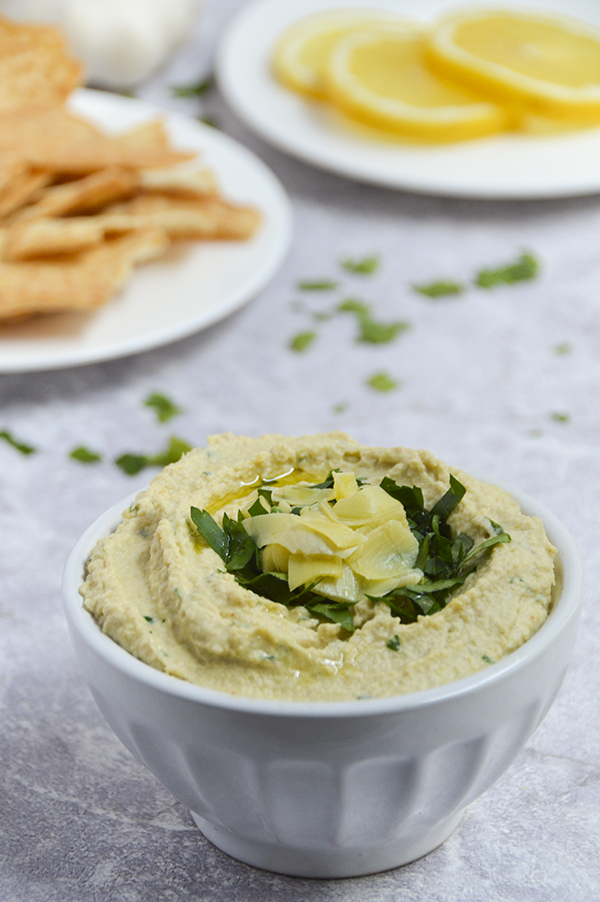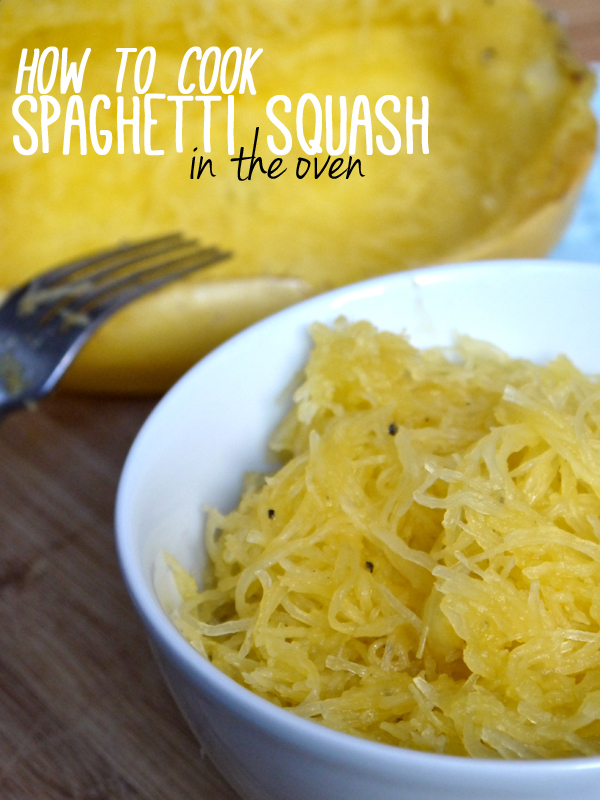 Is spaghetti squash not the best?! The fact that a vegetable can so effortlessly mimic and replace pasta must be proof that Mother Nature wants us to be nourished without feeling deprived. (Not that pasta is necessarily bad, but you get what I mean…)
Is spaghetti squash not the best?! The fact that a vegetable can so effortlessly mimic and replace pasta must be proof that Mother Nature wants us to be nourished without feeling deprived. (Not that pasta is necessarily bad, but you get what I mean…)
There are tons of ways to prepare spaghetti squash—in the microwave, in the oven, cutting it in half before cooking, cutting it afterwards—there are countless variations and tricks. I wanted to share my favorite way to prepare it—it’s not the quickest, but has been my go-to for years.
How to Cook Spaghetti Squash in the Oven
STEP 1 | Cut the spaghetti squash in half, lengthwise.
If you have a large squash, this can be a challenge, but just think of it as your upper-body workout for the day. 🙂 I typically start by inserting a large knife in the center of the squash, pushing down and working outwards to the ends. Don’t worry if your halves come out a little uneven—the squash will naturally want to split a little to one side of the stem.
STEP 2 | Remove the guts with a spoon.
Scrape out all the seeds and strings.
STEP 3 | Olive oil, salt and pepper.
Brush the insides of the spaghetti squash with a little oil and sprinkle with salt and pepper. If you don’t have a kitchen brush, just drizzle the olive oil and smooth over with the backside of a spoon.
STEP 4 | Place the seasoned squash halves facedown in a glass pan.
STEP 5 | Roast it in the oven for 40 minutes at 375 degrees Fahrenheit.
If your spaghetti squash is large, keep it in the oven for an additional 10-20 minutes (really big squashes will need a full hour).
STEP 6 | Flip halves face-up and let cool for 5 minutes.
STEP 7 | Use a fork to remove the “spaghetti” strands.
Gently scrape a fork along the inside of the squash halves to remove the meat—it’ll easily come away in spaghetti strands. I hold the back of the squash up with an oven mitt or dishtowel (it’s usually still hot!) and position the bottom up against the pan side so that it stays in place while I scrape out the spaghetti.
Top with your favorite pasta sauce or mix in some cooked veggies and you’ve got yourself a delicious spaghetti squash meal! I love stirring in some pesto and sprinkling with shaved parmesan cheese. Leftovers will keep well in the refrigerator for several days—just reheat in the microwave before eating (I will even eat spaghetti squash cold sometimes).
How do you cook spaghetti squash? And what’s your favorite sauce or topping with it?
And because I’m a slave to my Pinterest addiction, here are the instructions condensed into one pictorial:
